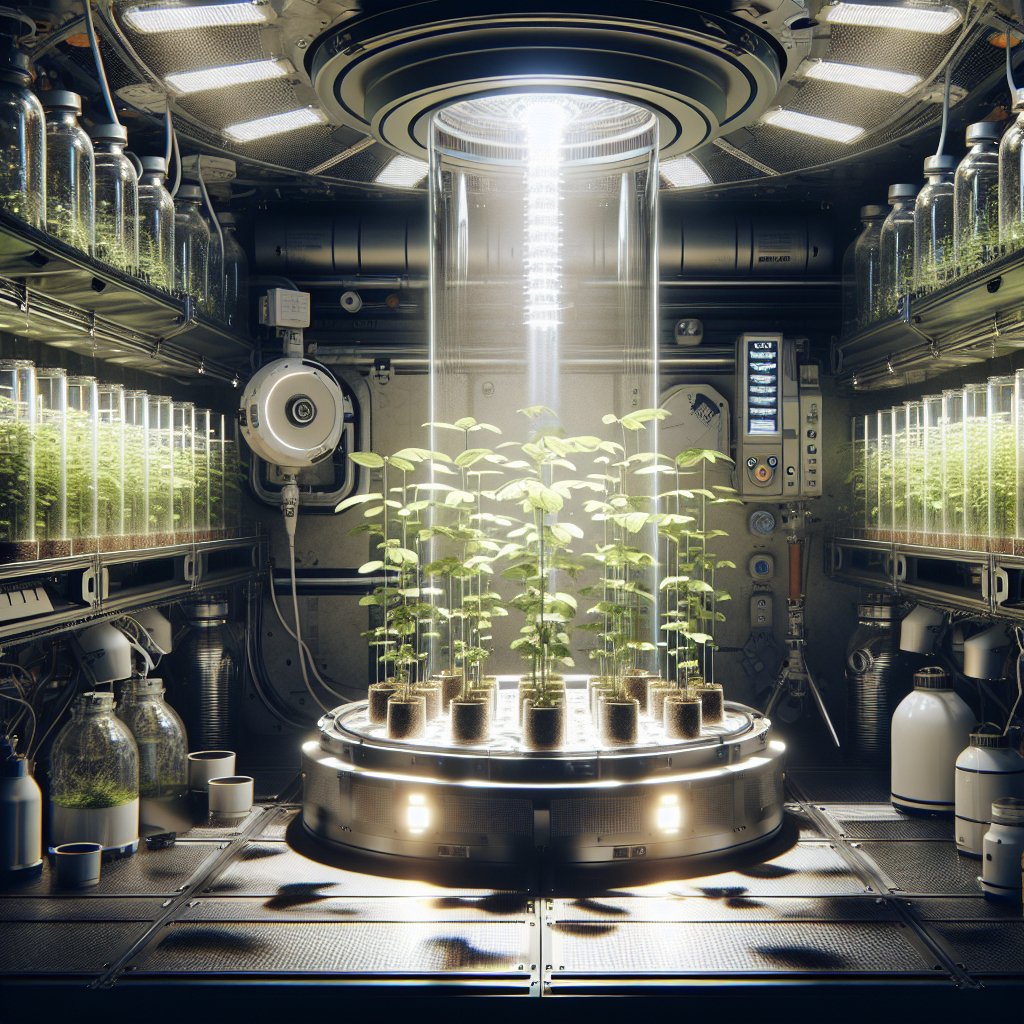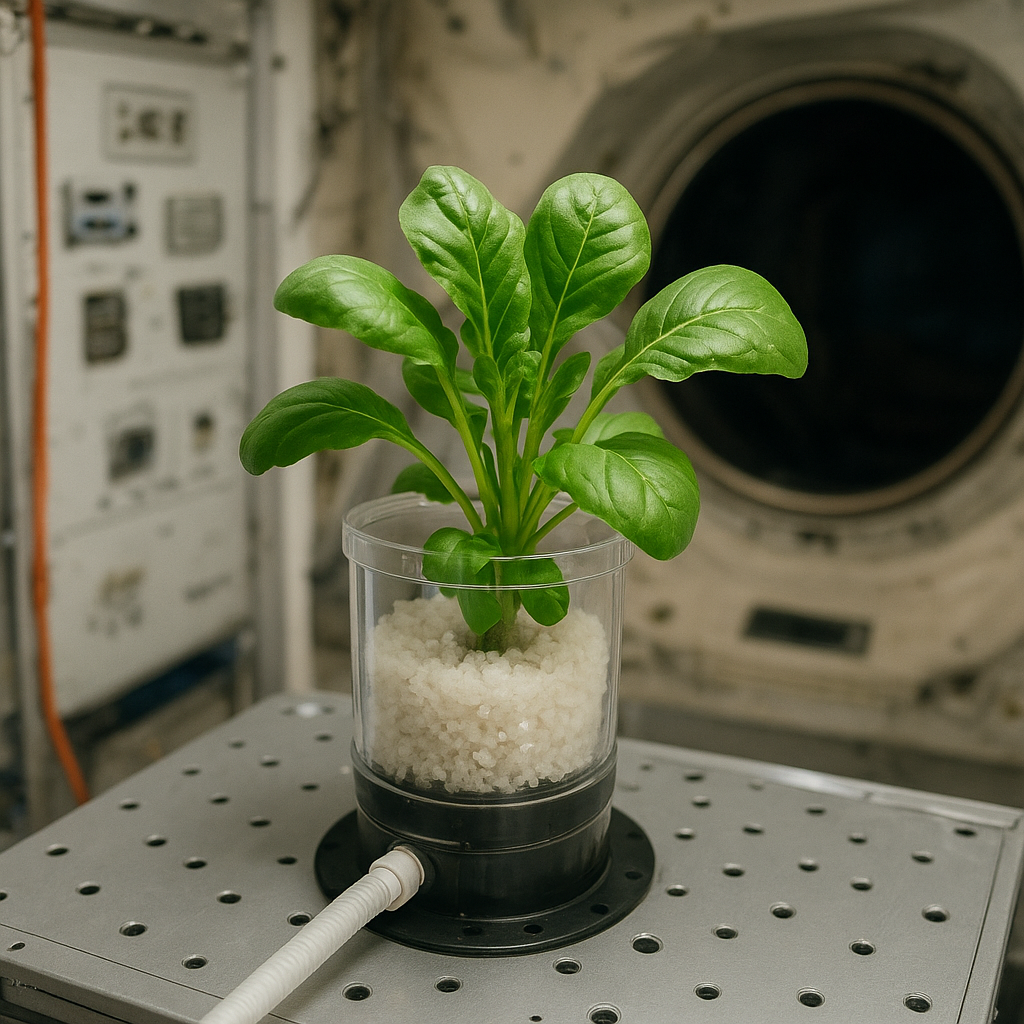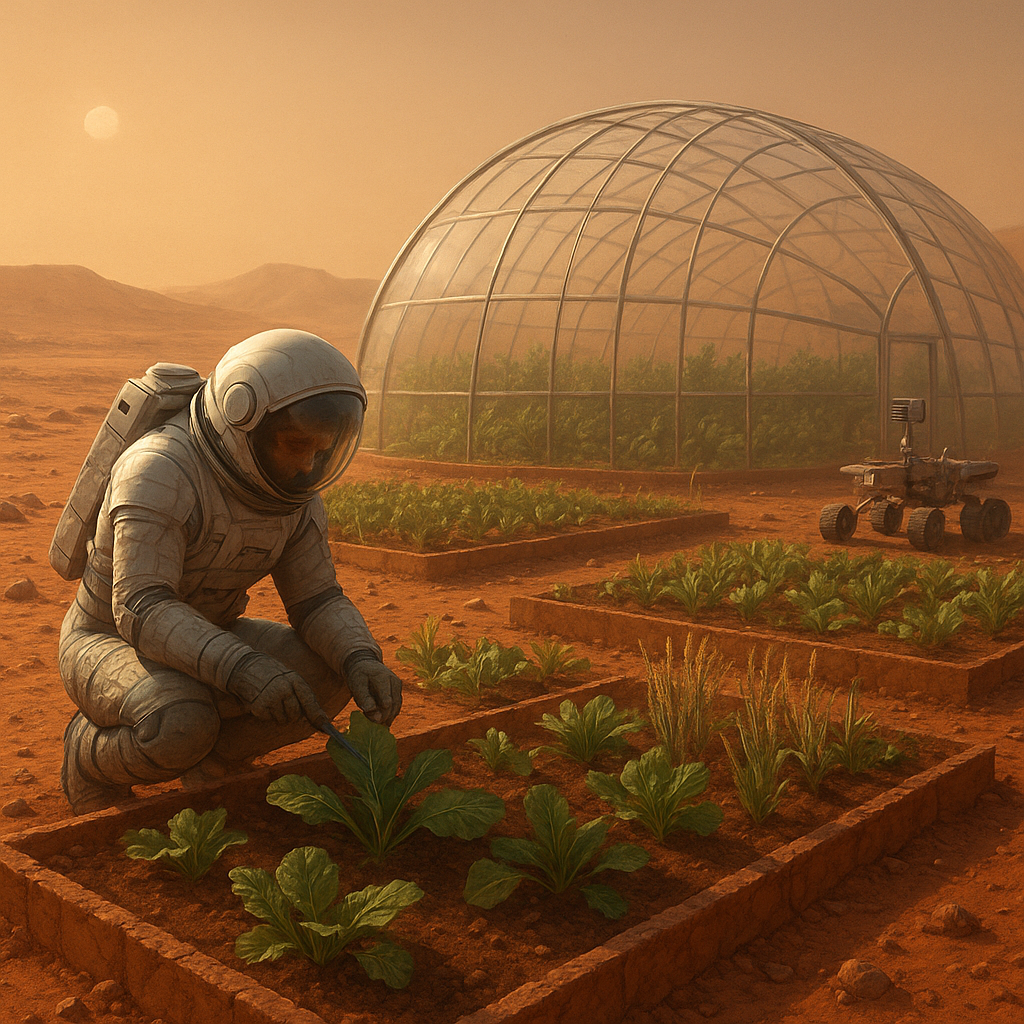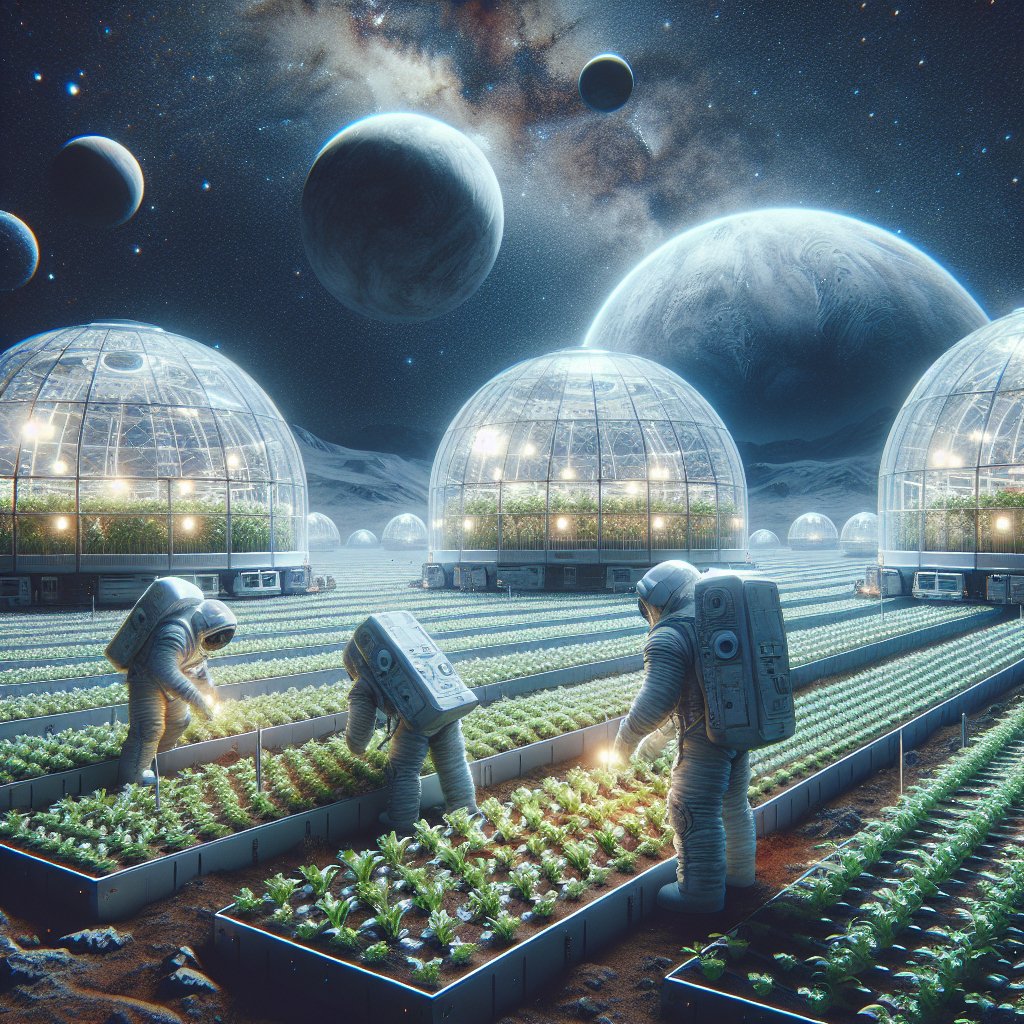Space farming experiments have opened new frontiers in our understanding of agriculture, pushing the boundaries of what is possible in food production beyond our planet. As humanity prepares for long-duration space missions and potential colonization of other celestial bodies, the need for sustainable food sources has become increasingly critical. This article explores the advancements made in space farming, the challenges faced, and the lessons learned from various experiments conducted in microgravity environments.
The Importance of Space Farming
As we venture further into the cosmos, the concept of space farming emerges as a vital component of long-term human survival in space. Traditional methods of agriculture are not feasible in the harsh conditions of space, where factors such as gravity, radiation, and limited resources pose significant challenges. Space farming aims to develop innovative techniques that can produce food in environments that are vastly different from Earth.
One of the primary reasons for focusing on space farming is the necessity of self-sufficiency during extended missions. Astronauts on missions to Mars or lunar bases will require a reliable food source that can sustain them for months or even years. Transporting food from Earth is not only costly but also impractical for long-term missions. Therefore, developing the ability to grow food in space is essential for the success of future explorations.
Key Experiments in Space Farming
Numerous experiments have been conducted aboard the International Space Station (ISS) and other platforms to explore the feasibility of growing crops in microgravity. These experiments have provided valuable insights into plant biology, growth conditions, and the potential for sustainable agriculture in space.
Veggie: A Pioneering Project
One of the most notable projects is NASA’s Veggie experiment, which aims to grow fresh produce in space. The Veggie system utilizes LED lighting and a specialized growth medium to cultivate crops such as lettuce, radishes, and zinnias. The first successful harvest of red romaine lettuce occurred in 2015, marking a significant milestone in space agriculture.
The Veggie project has demonstrated that plants can grow in microgravity, but it has also revealed challenges related to water management, nutrient delivery, and plant health. For instance, the lack of gravity affects how water moves through the soil, necessitating the development of new irrigation techniques. Additionally, researchers have observed that plants grown in space may exhibit different growth patterns and nutrient profiles compared to those grown on Earth.
Microgravity and Plant Growth
Understanding how microgravity affects plant growth is crucial for developing effective space farming techniques. Studies have shown that plants grown in microgravity tend to have altered gene expression, which can impact their growth and development. For example, certain genes related to root development and nutrient uptake may behave differently in space, leading to variations in plant morphology.
Researchers have also explored the role of light in plant growth aboard the ISS. The use of LED lights has proven effective in providing the necessary wavelengths for photosynthesis, but the intensity and duration of light exposure must be carefully managed to optimize growth. These findings have implications not only for space farming but also for improving agricultural practices on Earth.
Challenges of Space Farming
Despite the promising results from space farming experiments, several challenges remain to be addressed before sustainable agriculture can be established in space. These challenges include resource limitations, environmental control, and psychological factors affecting astronauts.
Resource Limitations
Growing food in space requires a careful balance of resources, including water, nutrients, and energy. The availability of these resources is limited, making it essential to develop closed-loop systems that recycle waste and minimize resource consumption. For instance, hydroponic and aeroponic systems have been explored as potential solutions for growing crops with minimal water usage.
Additionally, the production of fertilizers and other growth enhancers must be considered. Developing methods to create these substances from available materials in space could significantly reduce the reliance on Earth-based supplies.
Environmental Control
Maintaining optimal environmental conditions for plant growth is another significant challenge. Factors such as temperature, humidity, and carbon dioxide levels must be carefully monitored and controlled to ensure healthy plant development. The ISS provides a controlled environment, but future missions to Mars or lunar bases may require more autonomous systems capable of regulating these factors without constant human intervention.
Psychological Factors
The psychological well-being of astronauts is also a critical consideration in space farming. Growing plants can have therapeutic benefits, providing a sense of purpose and connection to Earth. However, the stress of living in confined spaces and the challenges of maintaining a successful crop can also lead to anxiety and frustration. Balancing the benefits and challenges of space farming is essential for the mental health of crew members on long-duration missions.
Future Directions in Space Farming
The lessons learned from current space farming experiments will inform future research and development efforts. As we look to the future, several key areas of focus will be essential for advancing space agriculture.
Genetic Engineering and Crop Selection
One promising avenue for improving space farming is the use of genetic engineering to develop crops specifically suited for growth in microgravity. By selecting or modifying plant varieties that exhibit desirable traits, such as faster growth rates or enhanced nutrient profiles, researchers can optimize food production in space. This approach could lead to the development of crops that are more resilient to the unique challenges of space environments.
Automation and Robotics
As missions to Mars and beyond become more ambitious, the use of automation and robotics in space farming will be crucial. Automated systems can monitor plant health, manage irrigation, and optimize growth conditions without requiring constant human oversight. This technology will not only enhance efficiency but also reduce the workload on astronauts, allowing them to focus on other critical tasks.
Collaboration and International Efforts
Space farming is a global endeavor that requires collaboration among nations, research institutions, and private companies. Sharing knowledge, resources, and expertise will accelerate advancements in space agriculture and ensure that we are well-prepared for future missions. International partnerships can also facilitate the development of standardized protocols for growing food in space, making it easier to replicate successful experiments across different platforms.
Conclusion
Space farming experiments have provided invaluable insights into the potential for sustainable agriculture beyond our planet. As we continue to explore the cosmos, the lessons learned from these experiments will shape the future of food production in space. By addressing the challenges of resource limitations, environmental control, and psychological factors, we can pave the way for successful space farming initiatives that will support long-duration missions and the eventual colonization of other celestial bodies. The journey to becoming a multi-planetary species hinges on our ability to grow food in space, and the advancements made in this field will undoubtedly play a crucial role in our exploration of the universe.




